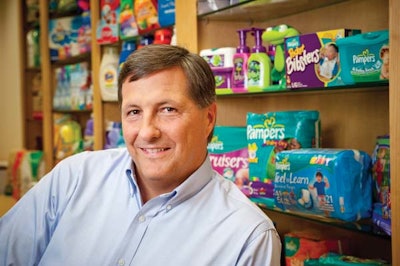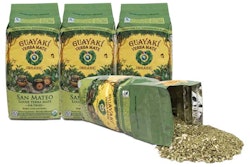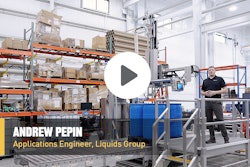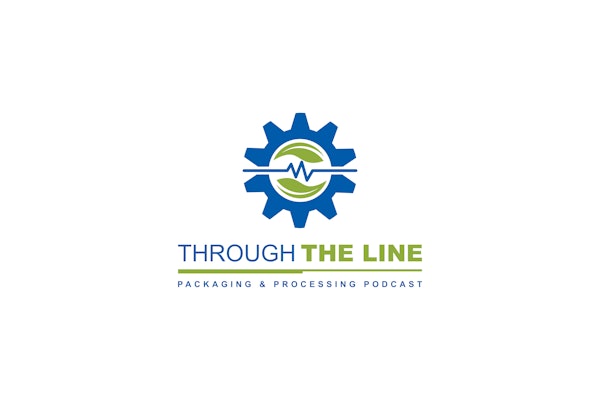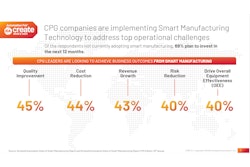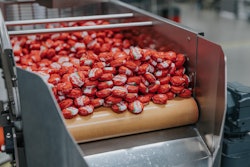“One of the key challenges that we have faced is how to simplify the
incredibly complex topic of sustainable packaging. There are three
critical themes that I have used to get us, and our external partners,
beyond information paralysis and drive action:”
Sustainability is a journey, not a destination. “Everyone is at a
different place on this journey, but you need to start somewhere, and
starting the journey is the important action.”
Sustainability is not separate work; it needs to be part of everything
you do. “Sustainability needs to be integrated into the overall
Business Strategy. It is not sufficient to be a stand-alone strategy.
You need to make sure that your critical business metrics are being
met. Do what is right for your consumers/customers, but do it in the
most sustainable manner possible.”
Accept no trade-offs. “Extensive consumer research has shown that
shoppers are not willing to accept a trade-off. So we need to make sure
to meet the needs of consumers, customers, company, and communities.”
Burns also addresses the following sustainability-related subjects:
Polyvinyl chloride. “PVC has some excellent properties for certain
applications. Some have raised questions about its overall
environmental profile, therefore, alternative packaging can be
considered where applicable.”
Biopolymers. “Biopolymers are becoming
increasingly important in the sustainability equation. There are two
critical benefits for this class of materials: A significant impact on
the CO2(e) of the material due to bio-based material feedstocks, and a
reduction in the dependency on petroleum feedstocks that continue to
pose a challenge for both long-term supply and economic forecasting.
However, these materials are not the silver bullet that some would like
them to be. There are a few key areas that we need to consider as we
use biopolymers:
“First, we should carefully look at the broad sustainability impact of
these materials, especially on the sustainable sourcing of the
feedstocks. Second, keep in mind that the performance profiles of the
existing commercialized resins are somewhat limited and cannot be
readily switched out with existing polymers without extensive
qualifications. And finally, it’s important to review the entire life
cycle of these materials and understand their impact from sourcing
through end-of-life considerations. There is active R&D investment
in this technology and it is expected that existing and new biopolymer
materials will become more widely utilized as capacity comes on line
and the total life cycles are better understood.”
Standardization. “One of the key challenges that the industry faces as
a whole is the absence of an easy, standardized method for evaluating
performance. This subject is so complex that the answer to virtually
all sustainability questions is... ‘It depends.’ Developing industry
standards and adopting common measurement tools will be a huge leap
forward.”
P&G’s global impact. Does being a global company help or hinder
P&G’s efforts in sustainable packaging? “Our breadth and scale
provides us with an advantage as we can look at the issue much more
broadly, find potential solutions, and target them to the best
potential applications. And because we touch three billion consumers
each day, these changes can make a meaningful impact. Overall, by
incorporating sustainability into all P&G products, packaging and
operations, the company can make a meaningful, significant impact.”
Economic factors. Will sustainable packaging efforts lose priority
given the economy’s downturn? “No, I believe it will continue to be a
critical business priority for companies like P&G that have a deep,
long-term commitment to sustainability. Even in tough economic times,
the consumer still wants to live a more sustainable life. We will
continue to help her do that, while also getting the performance she
wants and the price she needs. Sustainable business practices are good
for us, the consumer, and shareholder in the long term.”
